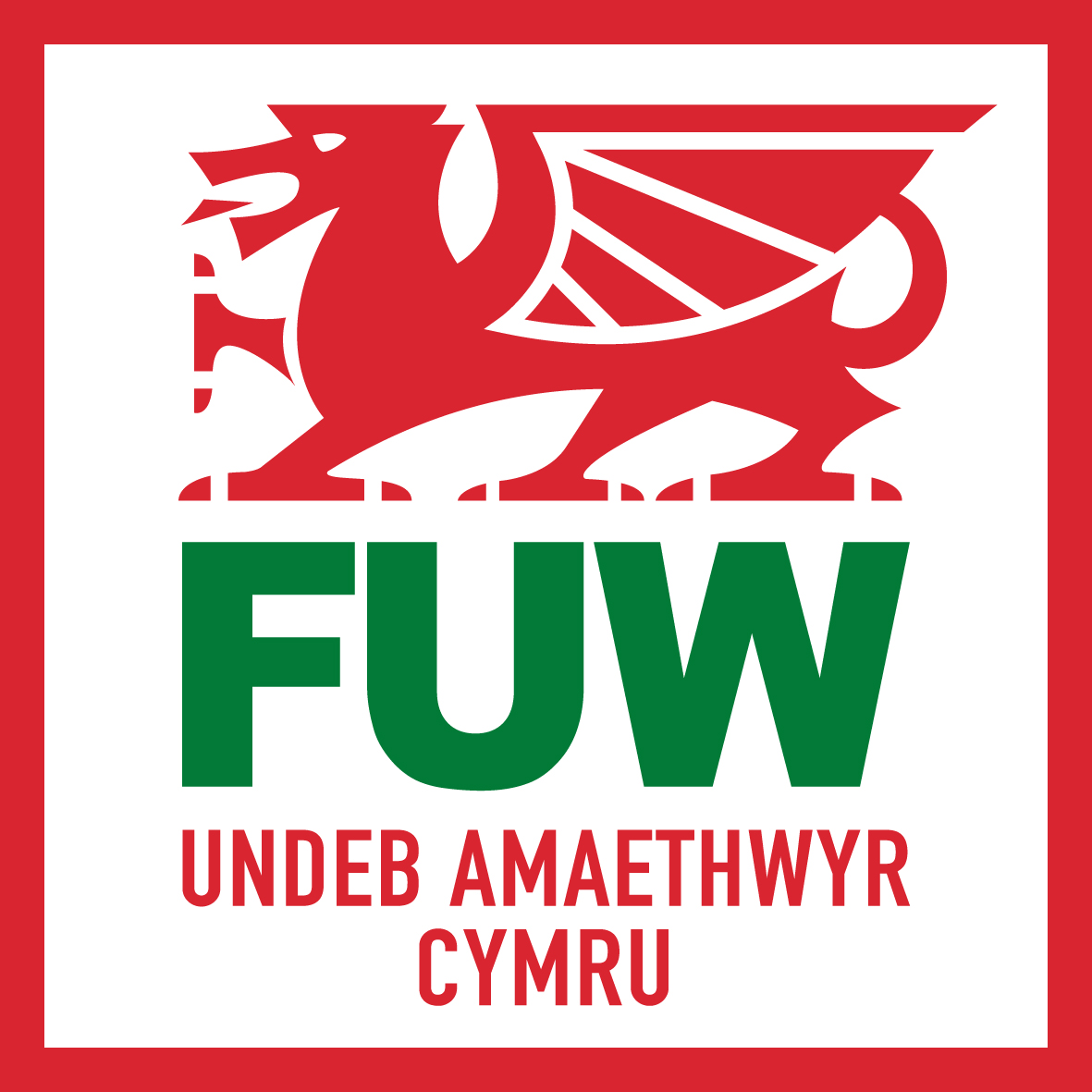[caption id="attachment_7509" align="alignleft" width="300"] A New Zealand type approach is one the Welsh farming industry would fully support, because it is a genuine partnership between government and farmers in which politicians recognise the need to cull wildlife to control TB[/caption]
A New Zealand type approach is one the Welsh farming industry would fully support, because it is a genuine partnership between government and farmers in which politicians recognise the need to cull wildlife to control TB[/caption]
The Farmers’ Union of Wales has rejected proposals to split Wales into five bovine TB regions in its response to a Welsh Government consultation, highlighting the need to tackle the disease in badger populations.
The Welsh Government proposes splitting Wales into two high, two intermediate and one low TB level regions, with different rules applying in each region. The proposals would mean a heightening of Wales’ cattle TB rules, which are already amongst the strictest in the world.
But following a consultation with its twelve county branches, the majority of FUW members rejected the proposals, highlighting the need for meaningful controls which address transmission of the disease from badgers to cattle.
FUW TB Spokesman Brian Walters said: “The consultation paper acknowledges that the level of disease found in badgers in Wales is 6.6 percent, around 1420% higher than the level found in cattle - which is 0.4 percent.
“Members made it clear that the proposal to split Wales up into five regions and further add to what are already the strictest TB controls in Europe would only make sense if badger numbers were reduced in the areas where they are passing the disease on to cattle.”
In 2012, the Bovine Tuberculosis subgroup of the EU Task Force for Monitoring Animal Disease Eradication criticised Welsh Government politicians for replacing a previously planned badger cull with a badger vaccination programme, stating: “There is no scientific evidence to demonstrate that badger vaccination will reduce the incidence of TB in cattle. However there is considerable evidence to support the removal of badgers in order to improve the TB status of both badgers and cattle.”
The latest official report on the badger vaccination programme, which lasted four years and cost £3.7 million, concludes that “Consistent trends in indicators of bTB incidence have not yet been seen…”
By contrast, the government’s official scientific advice had concluded that a badger cull in the area would have led to a significant reduction in the number of herds with TB and cattle slaughtered and actually saved money, despite costs being similar to those of the vaccination programme.
Amongst the proposals consulted upon by the Welsh Government was the adoption of a New Zealand type ‘informed purchasing’ approach to cattle trading, but during a recent Welsh Assembly Climate Change Committee hearing Dr Paul Livingstone, who previously led New Zealand’s successful eradication programme, said nothing was being done in Wales about the disease in badgers, describing the issue as ‘the elephant in the room’.
“A New Zealand type approach is one the Welsh farming industry would fully support, because it is a genuine partnership between government and farmers in which politicians recognise the need to cull wildlife to control TB.
“Without that commitment by Welsh politicians we will never achieve the success seen in New Zealand, Australia and other countries which have implemented successful eradication programmes by tackling the disease in both cattle and wildlife,” added Mr Walters.


